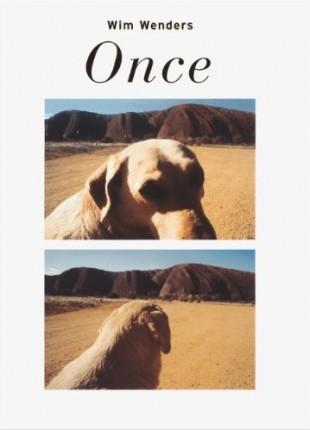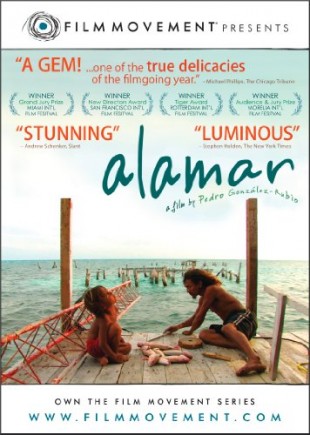Bootstraps
Bootstraps describe themselves as a band from Los Angeles. This video for their song, “Fortyfive” is low budget, but it’s not low on quality or emotion. Have a listen.
Bootstraps Music on Tumblr
Buy Bootstraps’ self-titled debut
The Tree of Life
At the least, Terrence Malick’s new film is the most visually beautiful two-hour sequence of images you are likely to see this or any other year. At best, it’s the most ambitious film we’ve ever seen—one that dares to take on the biggest questions of life, death, family, identity, and existence. It is messy and big and precious and overreaching and long. You may say that it fails, but you can’t say that it doesn’t try. And some of the scenes in this film are so well realized—their framing and tones and emotions so pitch perfect—that you forgive the film whatever failures it has. The way Malick renders moments from childhood conveys both the wonderment of first encounters with the world and also the fragmentation of memory. It’s a brilliant trick that clearly worked on us because when we came out of the theater, the world seemed new and newly alive.
Hello by Martin Solveig
We think this song is too catchy to not sing and its video too funny to not induce laughter. Reminiscent of Wes Anderson’s work, it’s the best music video we’ve seen this year.
Bill Cunningham New York
This is such a fun, delightful film. I challenge you, even if you don’t care about photography or fashion, to walk out of the theater afterwards without a smile.

Lorene Scafaria
I normally refuse to download music as I much prefer the quality of CDs to that of MP3s. However, I couldn’t seem to find Lorene Scafaria’s Laughter & Forgetting on CD, so I got it from iTunes. I recently heard “We Can’t Be Friends” at the end of The Romantics and had to hear it again and again.
Everybody Street by Cheryl Dunn
The New Yorker ran some excerpts from Cheryl Dunn’s documentary on street photography last month, but now you can watch the entire thing on the film’s website. My favorite sections are those with Ricky Powell, who explains how getting dumped by a girl made him a photographer, and Joel Meyerowitz, who describes how the streets suddenly became alive to him when he began street photography.

Once by Wim Wenders
I adore this book of photographs and text by Wim Wenders, much of which he shot while doing research for his films, which include Wings of Desire, Paris, Texas, and Buena Vista Social Club. Its title comes from the idea that photos don’t create ongoing moments, to steal the title of Geoff Dyer’s book; more than anything, they tell you that this happened once and will never happen again. Wenders concludes his volume:
“Once is not enough,”
I used to say as a kid.
That seemed very plausible to me,
“once upon a time.”
But when you take pictures,
I learned,
none of that applies.
Then once is
“once and for all.”

Annie Leibovitz: Life Through a Lens
At one point in this documentary, made by Annie Leibovitz’s sister, Leibovitz recalls a cover shoot for Rolling Stone that she did with a group of musicians that included Bruce Springsteen and Jackson Browne. She lined them up against a white wall and took photos. When Leibovitz’s mentor, Bea Feitler, saw the photos she berated her, telling the photographer that she could have done so much more with that group of people. How often is that the case—that we could have made so much more out of what we had? One other thing I noticed in this film is that Leibovitz uses her Leica M6 for almost all of her personal and family photos. I recall having seen a retrospective of her work a few years ago at the Legion of Honor in San Francisco. In it, there was a photograph of Susan Sontag in Seattle, on her way back to New York to die. It’s reproduced here in this documentary, and it’s still one of the saddest photographs I’ve ever seen.
Watch the trailer here.

Alamar
Can you make a compelling, feature length film entirely from brilliantly beautiful, well-composed shots? Alamar, which means to the sea in Spanish, answers that question with an emphatic Yes. It’s incredible how much this film by Pedro González Rubio-Rubio does with so little plot and dialogue—how it keeps your attention, how it fascinates and moves you.
See the trailer here